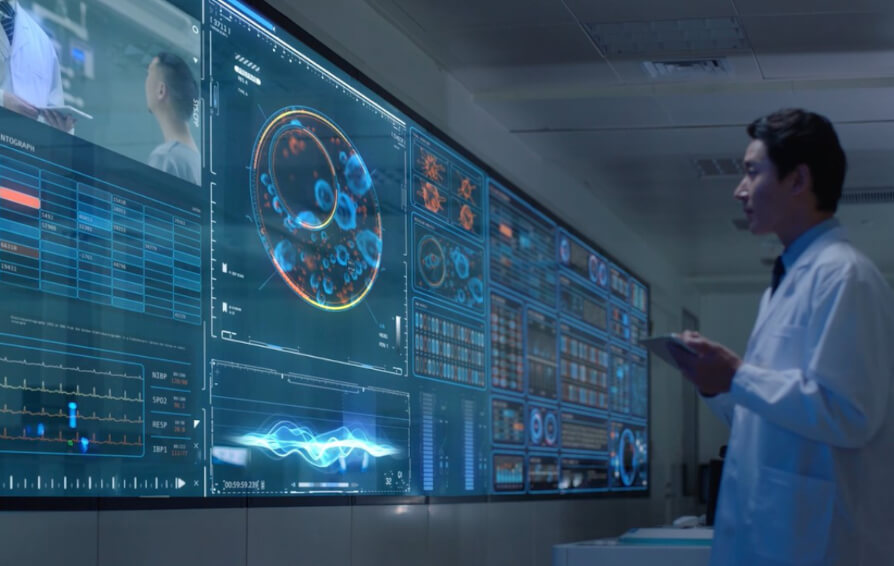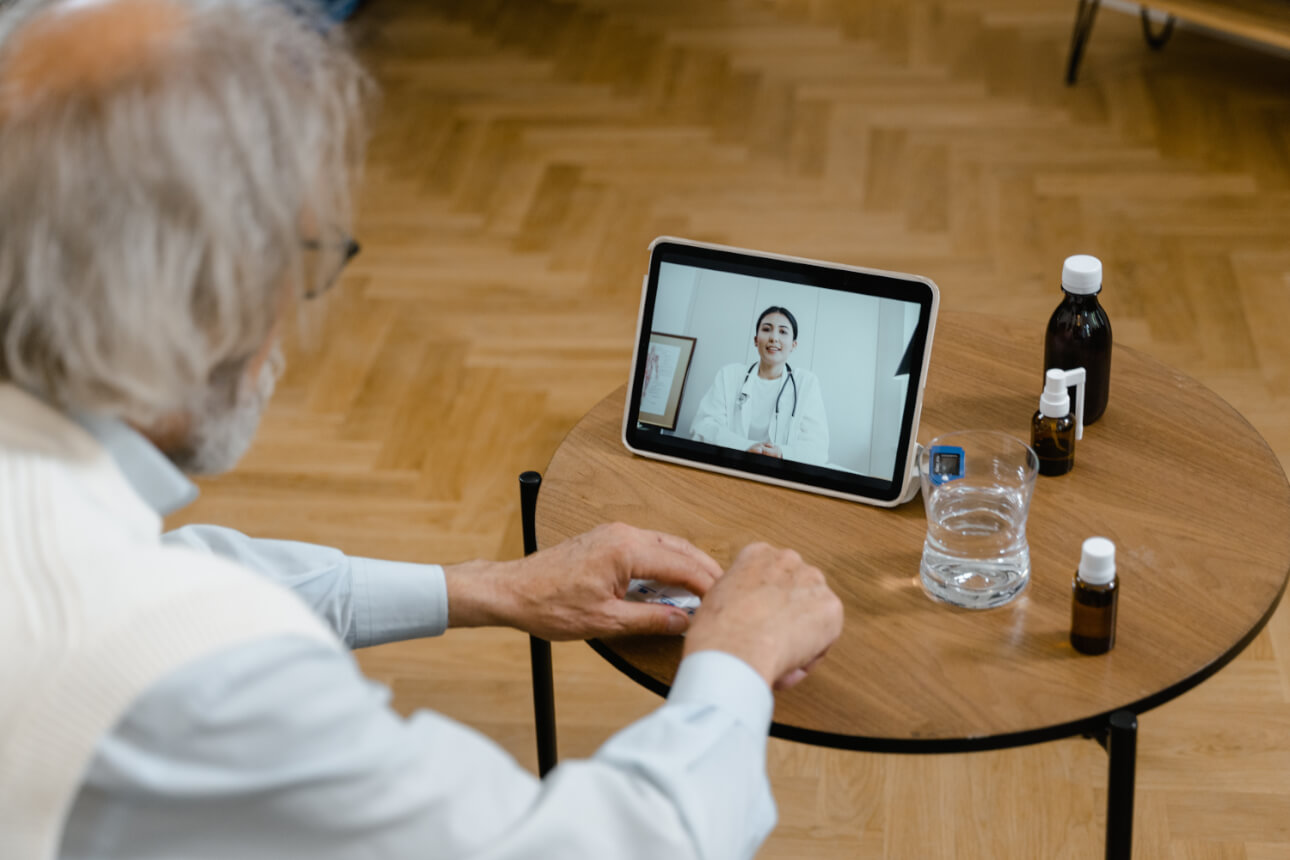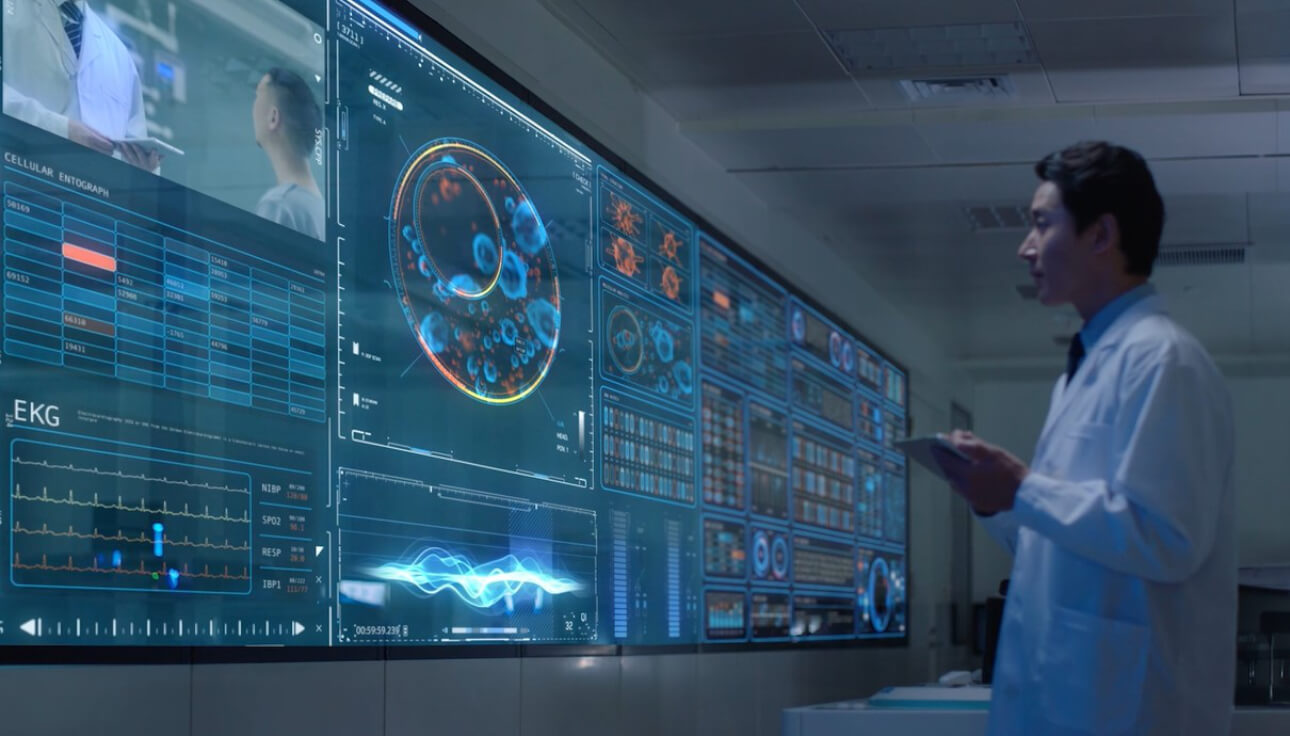The Future is Here: How Mindray is Ushering in the Era of Health Information Technology
Mindray 2021-10-21

With an increasing population, health information technology (health IT) is becoming more prominent. Imagine a patient, from the second he is admitted to the hospital, or even before that, his health information is updated daily via wearable devices and imported into the hospital’s information system. Combined with monitoring and pathology diagnosis, the patient’s daily health data could help to quickly determine the disease, and evaluate the occurrence time of the disease. The patient’s situation can also be remotely checked and advised elsewhere by telehealth. If all of these scenarios can be connected and analyzed via the use of health IT, wouldn’t it benefit a great deal for early prevention and diagnosis?

According to statistics, by 2030, the world will be home to more than 8.5 billion people, so pressures on the healthcare system will only increase over time. Patients will have expectations about the quality of healthcare treatments they undergo and the services they receive. In this circumstance, smart healthcare is of great importance as the patient’s diagnosis process can be done with health information technology, increasing the proportion of patients receiving treatments, which is the main reason to build smart hospitals.
The question becomes: How can we optimize our benefits from the future of health information technology? First, the concept and definition of smart healthcare vary from different scenarios – during the hospital stay, the building of smart hospital contributes the most of the intelligent level of patient journey. Before and after hospital, telehealth is the other concept which could expand access to care for patients. The foundation of smart hospital is based on the Internet of Things (IoT), with data at its core and information security as the guarantee. Hence, in the global development of intelligent medical care, device integration, diagnosis, and management are all key.
Smart hospital increases accuracy and safety of a diagnosis
With this in place, patients can experience faster recovery while decreasing their financial burden. Buzzback’s new survey discovered over 70% of practitioners and patients are satisfied with telehealth appointments. Healthcare professionals said they are especially helpful for answering patients’ questions while offering them greater time efficiency.
There’s been a long history of unevenly distributed medical resources and medical development; nonetheless, both can be temporarily resolved by telehealth. For example, a senior Tibetan lady close to the age of 80, lives in a small town in the highlands of Tibet, she has prolonged heart issue that has not been effectively treated. By using a remote diagnosis system provided by Mindray, this lady was able to receive an accurate diagnosis of her pain problem from a hyperacusis specialist who was based 3,000 kilometers away in Shenzhen.

Boost the workflow efficiency for medical staff
A critical link for smart hospital is IoT. The interconnected platform management, which breaks down regionals barriers and greatly facilitates the ability to communicate in multidisciplinary diagnostics, is a case in point in the regional laboratories of In-Vitro Diagnostics. It is no secret that healthcare resources are spread thin; using telehealth as a medium between medical advisory and patient can not only create a smoother workflow by reducing the manual workload of medical staff, but enable hospitals to leverage resources for optimal usage.
Establishing a highly efficient workflow is critical for the management of hospitals, as well as large laboratories and core laboratories. The soaring demands for productivity and efficiency have been a big challenge for all laboratory workers across the globe, and the situation has become more severe during the pandemic. Building an all-in-one smart laboratory to achieve automated workflow resulting in more comprehensive and accurate diagnosis, is one of the key areas where Mindray has been working on. The idea of integration of Mindray’s In-Vitro Diagnostics is to satisfy the high standards of top-tier hospitals and laboratories across the globe, through conducting information management for samples, reagents, quality control, and result delivery, fulfilling the function of a smart laboratory.

Less stressful management pressure, transforming to a tech-savvy medical network
Smart facilities management is critical for enhancing operation management efficiency. According to an analysis from McKinsey release in July, the overall application of health information technology has stabilized at levels 38 times higher than before the COVID-19 pandemic, ranging from 13% to 17% of visits across all specialties. In addition, leaders of large private health care system in New Jersey and New York have stressed that their ability to respond at scale as a system were essential to their effectiveness against the initial wave and their continuing response.
While health information technology can be applied with different products, it is even more important to integrate all communications and medical data to one dashboard in achieving quick reviews and accurate decision-making. With stable wireless network, Mindray’s M-Connect unlocks vast patient monitoring potential as well as management for hospital facilities. A cross hospital and cross-department integrated data management platform can help hospital management teams build up a data dashboard, managing the hospital facilities while monitoring patient status; the data stored (with permission from patients) can be further utilized for medical research - the core value of smart management.


Although we are still in its early days and many issues around health information technology still need to be resolved, health information technology is here to stay. With the acceleration of health information technology and reinforcement of connectivity, the plan is to develop a better “user experience”, accessible healthcare for rural areas and the less privileged while creating a solid network with more efficient workflow for the medical industry. The future looks close with innovative technology being more accessible to more people. We will continue to build the path for health information technology, from smart healthcare in hospitals to remote diagnosis, mainstreaming a smart medical ecosystem that includes smart technology, automation, and lifting barriers.
References:
[1] Telehealth: the future of healthcare at a distance here>
[2] Business insider: How healthcare providers are building patient trust in telehealth care here>
[3] Washington Post: The pandemic showed the value of telehealth here>
[4] Forbes: Addressing healthcare inequities in telehealth here>
[5] Forbes: Three in Four Employees Using Telehealth will continue after the pandemic here>